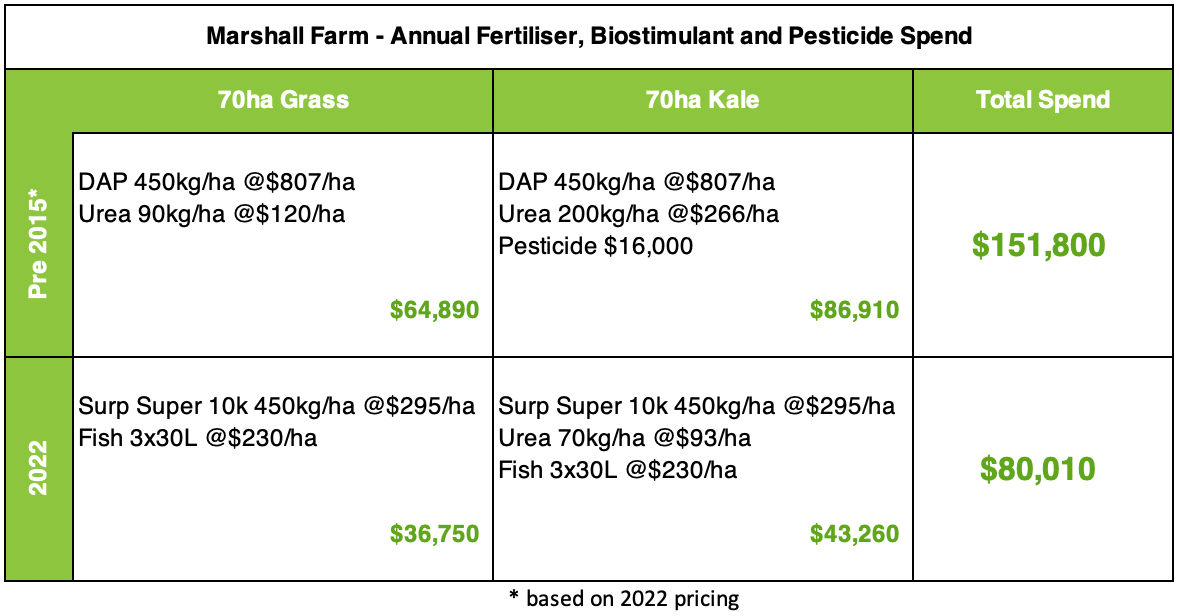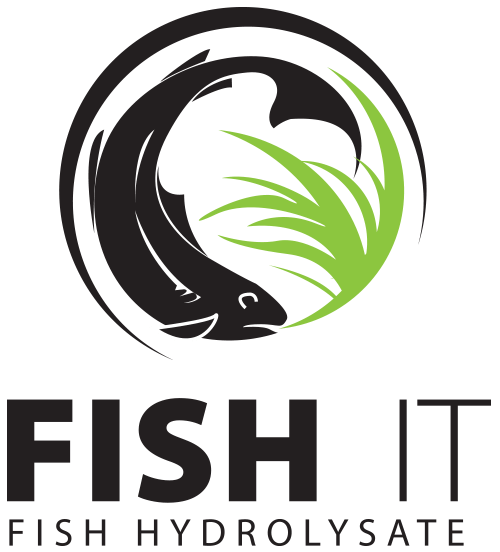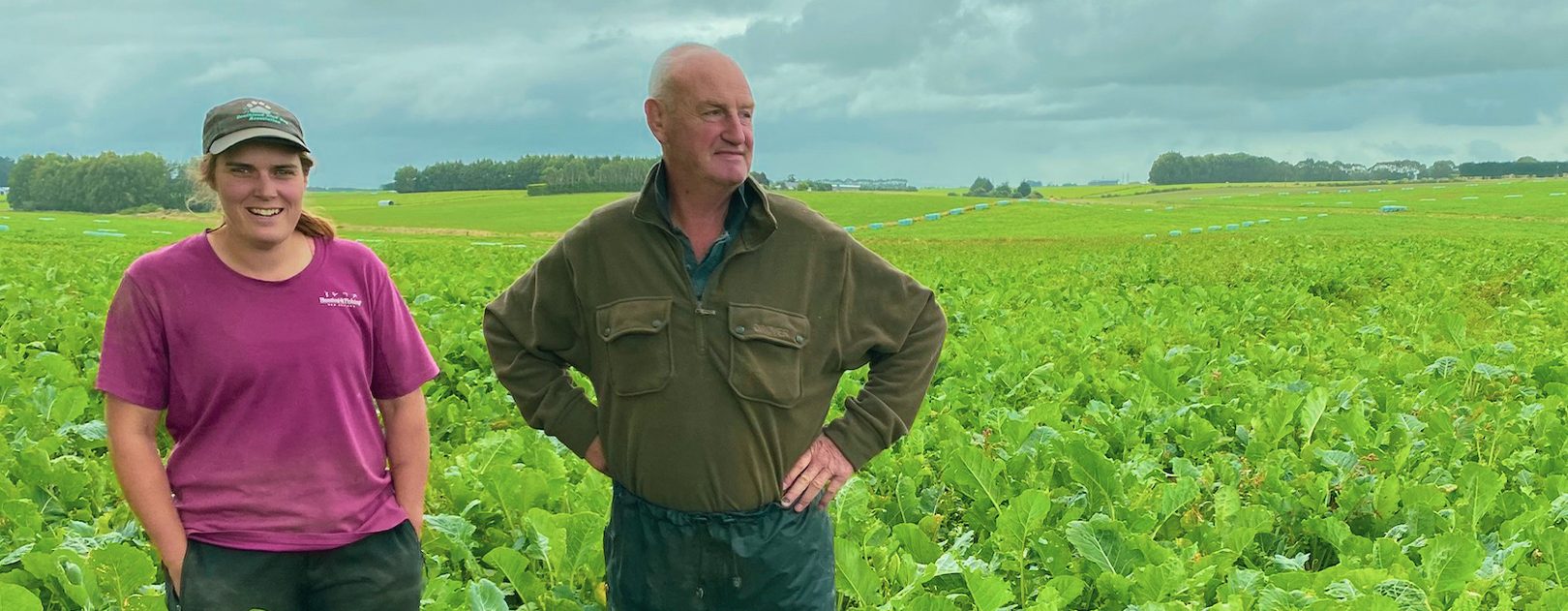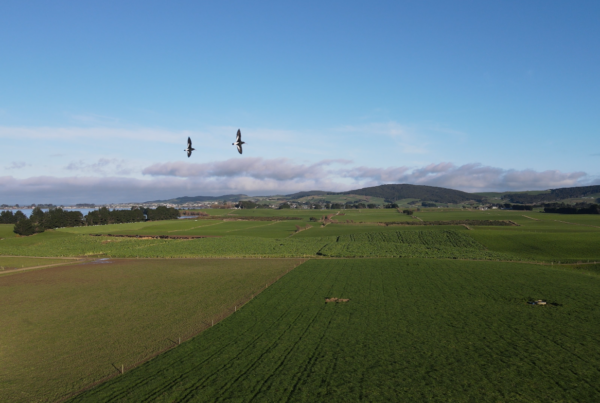It’s no secret that costs are on the rise and certainly farming is no different. The Economic Service Sheep and Beef On-Farm Inflation Report released by Beef and Lamb New Zealand last month shows on-farm inflation is at its highest level in almost 40 years. Sheep and Beef farm input prices increased by 10.7 percent in the year to March 2022 and are continuing to rise. However, although this is a tough time, it does present an opportunity, and the impetus, to review on-farm spending and start some serious consideration of options.
Price Pressure
The price of some fertiliser products has doubled over the last 2 years and fertiliser companies have signalled further increases to come, possibly another 25%. Global volatility, supply issues and freight charges are all adding cost pressure. Approximately 70% of the mix of products in fertiliser are imported with 30% locally manufactured, so New Zealand has little control over traditional fertiliser price volatility.
Work within your budget
Steve Haswell, of BioAg, has good advice on looking at options. “We’ve been advising and assisting farmers for 28 years now on optimising biological functionality of their soil. There are a few pre-conceived ideas out there about making changes from traditional methods – one is that it will be an additional cost, and another that you will experience a production dip.” “Our soil and fertility programmes have always cost generally less than mainstream fertiliser programmes, and that gap is getting wider now. It’s not about spending more of your money, it’s about optimising the effectiveness of what you are applying”. Steve says that the crucial role of the advisor in implementing a good agronomic programme is to make the transition seamless in terms of production. “There should be no loss in production, even short term. The change needs to enhance production”.
BioAg and Fish IT are embarking on a co-lab, partnering where applicable to work with mutual clients. The aim is to pair expertise in nutrient management alongside a great product. “I want to reassure people that our programmes don’t omit anything that is needed for production.” Steve emphasises. “Traditional minerals are never overlooked or ignored – they are still in the mix. What we do is help make informed choices about the most effective form and rates for the specific farm scenario.”
Marshall Farm Approach
Georgie Galloway, Farm Manager on Marshall Farm, had just come in from shifting cows on a cold easterly day in Southland. The cows wintering on the 140-hectare farm are well set up to cope through winter with daily shifts onto a back-fenced dry block each day, with a portable water trough. “This means our soils suffer way less damage, as well as being easier on the animals, with no heavy pugging back and forth to a trough.” It is just one example of the thoughtful operations at Marshall Farm.
Five years ago, the Marshall Farm invested in a Tow and Fert and changed their nutrient management plan accordingly to a system where they apply all their own applications – targeting a reduction in urea use by lifting the natural function in their soils with Fish IT.
The farm is a complex system incorporating wintering 1300 dairy cows, 2-3 cuts of bailage, rearing calves (with cows they milk specifically for that purpose) and trade stock. Getting their nutrient management right is critical as they achieve all this on 70 ha of Kale and 70 ha of grass on a 3-year rotation. The programme they are now following is working so well for them, it allows them to plan for repeatable application year on year with some variation depending on soil testing.
Nutrient Planning – the long and the short
We talked to Georgie about nutrient management and their journey improving the biological functionality of their soils. Georgie, and farm owner Graham Marshall, are well along the path in considering their nutrient management in both long- and short-term respects. “We’ve actually already purchased our fertiliser for the spring to try to beat some of the price hikes” she says.
“Everything has changed for us under our new system. We now apply 3-4 times per annum using the Tow and Fert to liquidise as many products as possible but still apply Serpentine Super with our 1tonne Bulky. Fish IT, a much-reduced amount of Urea and other inputs, that soil testing indicates are required, go through the Tow and Fert”. “When we apply liquid products, we can more or less apply half the rate compared to solid/granular fertiliser and get same results.” This year they are adding in Sulphur Gain to address low elemental sulphur levels. They also aerate with their James aerator and apply MOP, Lime, and Boron.

The annual spend for the current fertiliser programme is $80,010 compared to $151,800 for the previous programme at today’s pricing. Georgie says that the Kale crop is now so much more resilient that they have basically stopped using pesticides.
Less Inputs, Same Production
“We’ve been able to operate with minimal Urea for years now, and we have real confidence in our system. Our grass structure has changed dramatically since starting out with fish – I would say almost 70% of the sword in our grass paddocks is clover. And no bloat! The worms in the soil are crazy. Even under the Kale you can see the castings everywhere. They help naturally aerate the soil and are adding to the nutrient balance.” The Tow and Fert/Fish IT system has been a game changer for us in terms of maintaining production, enhancing animal health and at the same time actually driving input costs down.
Do Something Different
Steve from BioAg says that now is a great time to be planning nutrients for new season while the workload is somewhat quieter. “Once we get into lambing and calving then it is a pretty hectic run right through until Christmas. And with fertiliser prices going the way they are, it pays to think about possibly doing something different this year.” Whether that be alternative products, applying less in total annually, but more often, or doing research into credible options.” Just as the Marshall Farm has seen, he believes there is a huge opportunity to change from solid applications to liquid, and to be smart about application timing. He recommends considering the whole holistic system when trying to optimise biological functions and manage nutrients – and that there is a variety of approaches that can be implemented, from a tweak to a whole system sea change.
The Fungi Highway
We got talking about bio-stimulants and he has some fascinating knowledge. “Fish nutrient products containing fatty acids are known to support mycorrhizal fungi, the main fungi associated with supporting plant and legumes to exchange nutrients and water. The fungi provide the highway in the soil for nutrients to reach plants, particularly phosphorus and calcium and for the transportation of water.” So, it makes sense that he believes bio-stimulants can be a game changer, and it certainly backs up Georgie’s experience at the Marshall Farm.
“Interest is coming slowly in the agricultural sector,” he says – “The early adopters are taking it up and the rest of the industry is coming along reluctantly as they start to hear about the results. But he says that is it important that the starting point is a discussion with someone knowledgeable in biological functionality, because there is no “one size fits all”.
Incorporating bio-stimulants and fish nutrients provides food for the plant and soil biology to build biological function in the soil. “We are only now starting to realise that the microbiome in the rhizosphere – basically the stomach of the plants – is as important as the microbiome in our human gut. In fact, they parallel each other. Under a microscope, microbiome of the soil, mammals and humans are almost indistinguishable. They function the same way, and the level of diversity is the same.”
And just as gut health is gaining momentum, so too is soil health.
If any of this has piqued your interest in investigating options for spring please get in touch with the team at Fish IT. We will be happy to direct you to an advisor who can work with you to look into your particular situation.



